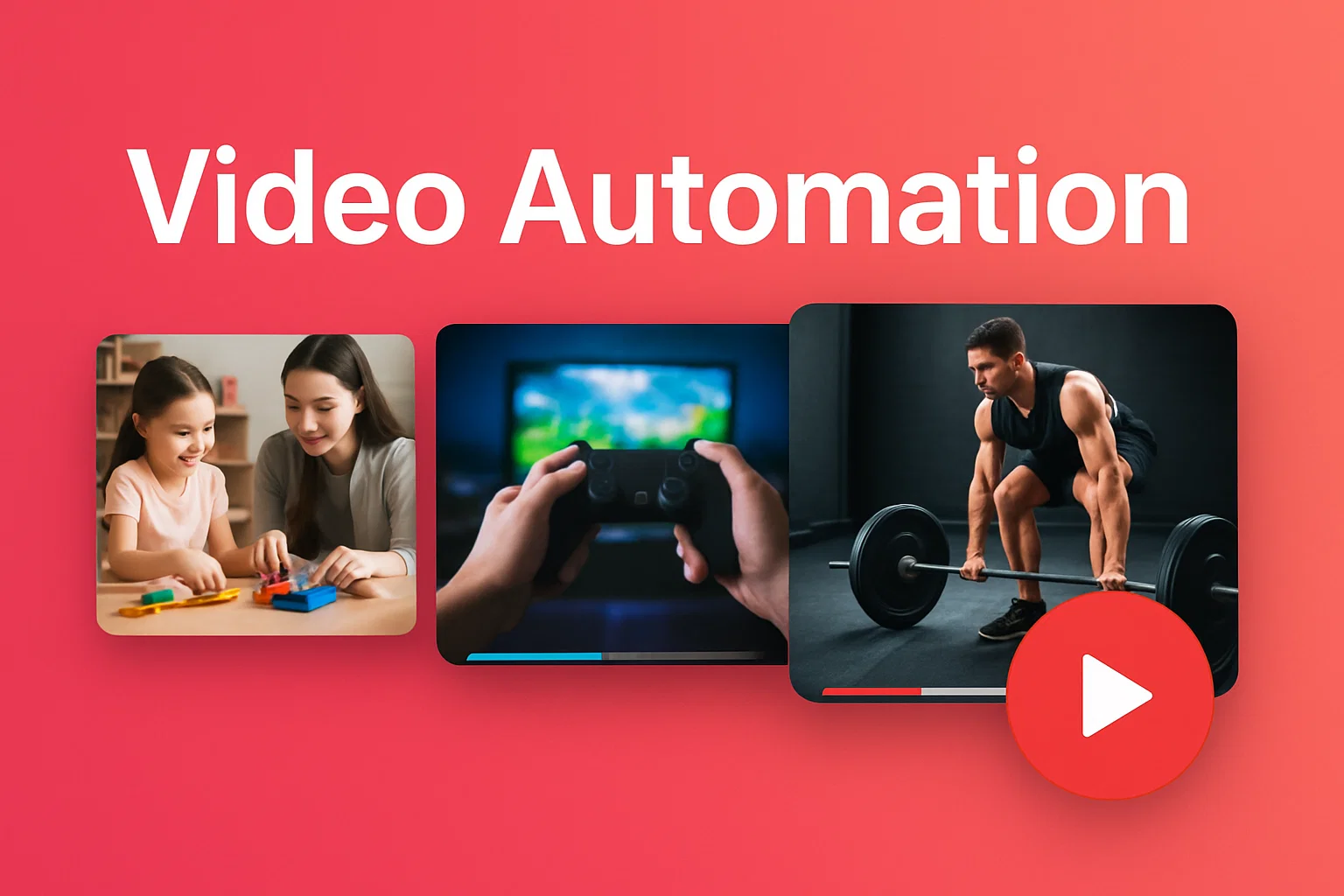
From Billboards to Screens: The Evolution from Traditional to Digital Advertising
2024-04-15
The advertising industry has experienced a revolutionary transformation over the last few decades, moving from traditional mediums such as newspapers, magazines, TV, and outdoor billboards to digital realms including web banners, video ads, social media posts, and search engine optimization (SEO). This shift has fundamentally altered the essence of advertising. This article seeks to unpack the challenges, trends, and strategic pivots this transition period has introduced.
The Foundation and Impact of Traditional Advertising
Historically, traditional advertising has been pivotal in bridging the gap between brands and consumers due to its direct reach and broad scope. Whether it was the allure of neon billboards or the catchy phrases in TV ads, traditional forms of advertising have imprinted product identities in the collective memory of consumers. From McDonald's synonymous with happiness to De Beers' testament to the eternity of diamonds ("A diamond is forever"), these branding efforts have enduringly influenced consumer perception.
Digital Advertising Emerges: A Shift in Technology and Consumer Habits
The rise of the internet and mobile technology has significantly shifted consumer habits towards more instant and personalized information access, reshaping advertising content and delivery. Digital advertising, catering to the diverse and individualized needs of today's consumers, focuses on precise audience targeting, fostering deeper brand-consumer interactions. Innovative practices like live commerce and influencer marketing reflect the dynamic evolution within the advertising landscape.
From Traditional to Digital: Challenges and Opportunities in Transformation
Traditional advertising platforms face numerous challenges in transitioning to digital advertising. The rapid evolution of technology requires platforms and operators to continually learn and adapt to new tools. This includes:
- Digital Age Pricing Models: The emergence of cost-per-thousand impressions (CPM), cost-per-click (CPC) pricing models, which are completely different from the previous models measured by viewership ratings, necessitates an adjustment in operational thinking and metrics.
- Increased Learning Curve: Terms like server-side ad insertion (SSAI), client-side ad insertion (CSAI), and mid-roll ads in videos raise the learning barrier, demanding participants to constantly acquire new knowledge and appropriately integrate it to maintain competitiveness.
- Market Changes: Changes in consumers' lifestyles and consumption habits challenge the adaptability of companies and advertisers. Brands must timely adjust their product or service positioning and value proposition to meet consumers' physiological and psychological needs.
However, these transformations also present unprecedented opportunities for the advertising industry,
- Precise Audience Targeting: Digitization not only allows for more precise targeting of the audience but also significantly improves conversion rates. For traditional media such as TV stations or newspaper publishers, effectively utilizing the characteristics of digital platforms can secure more budget from the brand side.
- Quantifiable Results: Calculating return on investment (ROI) or advertising return on ad spend (ROAS) has become easier in the digital era. The ease of tracking and quantifying advertising effectiveness in the digital space encourages brands to reallocate more funds towards online campaigns.
Complexities and Challenges in the Digital Ecosystem
The complexity of the digital advertising ecosystem introduces new challenges, including ad fraud, privacy concerns, and the potential misalignment of brand messages with inappropriate content. Addressing these issues requires a proactive and informed approach from both advertisers and platforms.
Looking Ahead: The Future of Digital Advertising
The future of digital advertising is expected to continue its rapid development. Especially with the advancement of AI and machine learning, making ads more intelligent and personalized. The development of VR and AR technologies also indicates more immersive and interactive advertising experiences on the horizon.
Conclusion: Embracing Adaptation and Innovation
The journey from traditional to digital advertising, fraught with challenges, is also rich with opportunities. Staying ahead in this dynamic landscape necessitates continuous learning, adaptation, and innovation. BlendVision stands at the forefront, offering cutting-edge digital advertising solutions and insights, helping clients leverage the latest technological and market trends for effective brand and product promotion.
LET'S TALK!
Interested in a demo, free trial, or pricing? Fill out the form, and one of our consultants will get in touch to assist you.
Related Articles

How AI Video Automation Helps You Scale Content Without Scaling Headcount: A Playbook for Sports Tech Teams
Discover how mid-sized sports tech teams can use AI video automation to scale highlight creation, personalize content, and publish across platforms—without increasing headcount.

From Raw Footage to Real-Time Engagement: How AI-Powered Video Tools Are Transforming Sports Betting and Fan Platforms
Discover how BlendVision’s AI-powered video tools enable real-time clipping, highlight creation, and multi-language captions for sports betting and fan engagement apps like FanDuel and Intralot.


